Home>Storage Ideas>Kitchen Storage>9 Life-changing Lessons I Learned Decorating My Tiny Kitchen
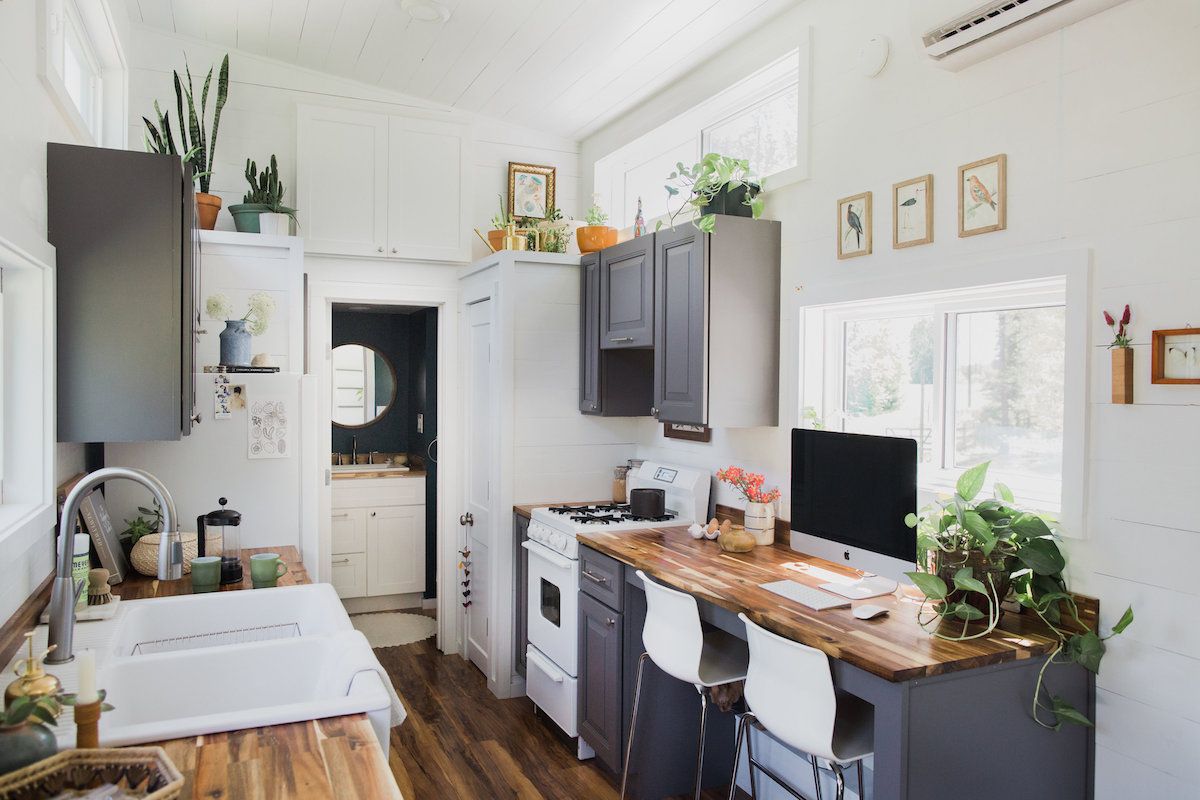

Kitchen Storage
9 Life-changing Lessons I Learned Decorating My Tiny Kitchen
Modified: January 18, 2024
Discover 9 life-changing kitchen storage ideas that transformed my tiny kitchen. Maximize space and functionality with innovative solutions for small spaces.
(Many of the links in this article redirect to a specific reviewed product. Your purchase of these products through affiliate links helps to generate commission for Storables.com, at no extra cost. Learn more)
Introduction
Welcome to the world of tiny kitchens, where space is a precious commodity and every square inch counts. Decorating a small kitchen can be a challenging task, but it is not impossible. In fact, it can be an opportunity to get creative and discover innovative ways to optimize storage, functionality, and style. As someone who has experienced the joys and struggles of decorating a tiny kitchen, I have learned valuable lessons along the way that have transformed my space and made it both functional and aesthetically pleasing.
In this article, I will share with you nine life-changing lessons I learned while decorating my own small kitchen. These lessons are not only practical but also applicable to any kitchen size, so whether you have a compact apartment kitchen or a cozy corner in your home, I believe you will find valuable insights to inspire your own kitchen revamp.
Key Takeaways:
- Transform your tiny kitchen with creative storage solutions, space-saving furniture, and vertical storage. Embrace color, efficient workflow, and multipurpose appliances for a functional and stylish space.
- Maximize limited counter space with vertical storage, multi-tiered solutions, and decorative containers. Design a practical workflow and add personality with color, artwork, and lighting.
Lesson 1: Maximizing Storage Space
When working with a small kitchen, one of the biggest challenges is finding enough storage space for all your essentials. However, with some clever strategies, you can make the most out of every nook and cranny to create ample storage:
- Utilize vertical space: Don’t limit your storage options to just the lower cabinets and countertops. Take advantage of the vertical space in your kitchen by installing open shelves or hanging racks on the walls. This allows you to store items while keeping them easily accessible.
- Invest in smart storage solutions: Look for storage containers and organizers that are specifically designed for small spaces. This includes drawer dividers, stackable containers, and pull-out shelves. These solutions will help you maximize every inch of your cabinets and keep everything neatly organized.
- Make use of awkward corners: Corners are often overlooked in small kitchens, but they can be valuable storage spots. Install a lazy susan or corner pull-out shelves to make use of these awkward spaces and keep your pots, pans, and other kitchen items within easy reach.
- Hang items on the inside of cabinet doors: The inside of cabinet doors can be utilized to store small items like measuring cups, pot lids, or spices. Install hooks or adhesive organizers to hang these items and free up valuable shelf space.
- Optimize under-sink storage: The area under the sink is often wasted space. Make use of it by adding a tension rod to hang cleaning supplies, installing stackable bins, or using stackable shelves. This will help you efficiently store your cleaning products and other essentials.
By implementing these storage-maximizing techniques, you will be amazed at how much more space you can create in your small kitchen. Not only will you have a clutter-free environment, but you will also have everything you need right at your fingertips, making meal preparations a breeze.
Lesson 2: Choosing Functional and Space-Saving Furniture
In a small kitchen, every piece of furniture needs to serve a purpose and maximize the available space. When selecting furniture for your tiny kitchen, keep these tips in mind:
- Opt for multi-functional furniture: Look for furniture that serves multiple purposes. For example, a kitchen island with built-in storage or a dining table with foldable sides can provide both additional workspace and storage while saving precious floor space.
- Choose slim and compact designs: Opt for furniture with sleek and slim profiles. Look for chairs and stools that can easily be tucked under the table when not in use. This helps create a more open and spacious feel in your kitchen.
- Consider wall-mounted furniture: If space is extremely limited, consider using wall-mounted furniture. Wall-mounted shelves, folding tables, or even a wall-mounted drop-leaf table can provide functionality without taking up valuable floor space.
- Utilize built-in furniture: Built-in furniture, such as built-in benches or breakfast nooks with hidden storage, can be a fantastic solution for small kitchens. They provide both seating and storage, while seamlessly blending into the overall design.
- Think vertically: Utilize the vertical space in your kitchen by opting for tall and narrow furniture. Consider a tall pantry cabinet or a floor-to-ceiling shelving unit to maximize storage without sacrificing floor space.
Choosing functional and space-saving furniture is essential in a small kitchen. By carefully selecting furniture that serves multiple purposes and optimizing the available space, you can create a kitchen that is both efficient and stylish.
Lesson 3: Utilizing Vertical Space
In a small kitchen, it’s important to think vertically and make the most of the available wall and vertical space. Here are some strategies to utilize vertical space effectively:
- Install wall-mounted shelves: Wall-mounted shelves are a fantastic way to add storage without taking up floor space. Install them above countertops or near the stove to keep frequently used items within easy reach.
- Use hanging racks or hooks: Hanging racks or hooks are perfect for storing pots, pans, and utensils. Install a hanging rack on a blank wall or use hooks on the side of cabinets to keep things organized and easily accessible.
- Utilize the top of cabinets: If you have space between the top of your cabinets and the ceiling, don’t let it go to waste. Use it to display decorative items or store items that you don’t frequently use, such as seasonal appliances or serving dishes.
- Invest in a pegboard: A pegboard is a versatile and customizable storage solution. Mount it on a wall and use hooks to hang pots, pans, and utensils. You can also add shelves or containers to store spices or small kitchen gadgets.
- Consider a pot rack: If you have limited cabinet space, a pot rack can be a game-changer. Install a pot rack above your kitchen island or stove to keep your pots and pans easily accessible and free up cabinet space.
By utilizing vertical space in your small kitchen, you can effectively add storage and keep your countertops clutter-free. Take advantage of empty walls and unused areas to create a functional and organized kitchen that maximizes every inch of available space.
Lesson 4: Optimal Organization and Decluttering Techniques
Keeping a small kitchen organized and clutter-free is key to maximizing its functionality and creating a visually appealing space. Here are some optimal organization and decluttering techniques to implement:
- Purge and declutter regularly: Start by going through your kitchen items and getting rid of any duplicates, broken appliances, or items you no longer use. Be ruthless in your decluttering efforts to create more space and make room for the essentials.
- Categorize and group items: Organize your kitchen items into categories such as utensils, cookware, and bakeware. Group similar items together for easy access and to avoid rummaging through cluttered drawers.
- Use drawer dividers and organizers: Utilize drawer dividers and organizers to keep your utensils, cutlery, and other small items neatly separated and easily accessible. This will prevent them from becoming a jumbled mess.
- Label containers and storage bins: Labeling containers and storage bins is a simple yet effective way to stay organized. Clearly label each container so you know its contents at a glance, saving you time and effort when searching for specific items.
- Utilize clear containers and jars: Clear containers and jars not only keep your pantry items organized but also make it easy to see what you have on hand. Store dry goods such as grains, pasta, and snacks in transparent containers for a visually pleasing and clutter-free pantry.
- Maximize cabinet and drawer space: Use space-saving organizers like shelf risers, stackable bins, and drawer dividers to maximize the available space in your cabinets and drawers. This will help you fit more items and keep them organized.
- Implement a “one in, one out” rule: To prevent your kitchen from becoming overwhelmed with unnecessary items, establish a “one in, one out” rule. For every new item you bring into your kitchen, make it a practice to remove one item to maintain a clutter-free space.
By implementing these organization and decluttering techniques, you can transform your small kitchen into an organized and efficient space. Not only will it be easier to find what you need, but it will also create a more visually appealing and enjoyable cooking environment.
Lesson 5: Implementing Smart Lighting Solutions
Lighting is an important aspect of any kitchen, but it’s particularly crucial in a small kitchen to create a bright and inviting space. Here are some smart lighting solutions to consider:
- Maximize natural light: Take full advantage of natural light by keeping windows clear of obstructions and using sheer curtains or blinds to allow maximum sunlight to enter your kitchen.
- Install under cabinet lighting: Under cabinet lighting is not only functional but also adds a touch of elegance to your small kitchen. It provides task lighting for your countertops and enhances the overall ambiance of the space.
- Use pendant lights: Pendant lights above an island or dining area can provide focused lighting and serve as a stylish focal point. They also free up valuable countertop space compared to traditional table lamps.
- Consider LED recessed lighting: LED recessed lighting is an excellent choice for small kitchens as it provides bright and even illumination without taking up too much space. It can be strategically placed to eliminate shadows and create a well-lit workspace.
- Install dimmer switches: Dimmer switches allow you to adjust the brightness of your kitchen lighting. This is particularly useful for creating a cozy atmosphere during meal times or when entertaining guests.
- Use light-colored paint and reflective surfaces: Light-colored walls and reflective surfaces, such as mirrored backsplashes or glossy cabinets, can help bounce light around the room and make your small kitchen appear more spacious.
By implementing these smart lighting solutions, you can brighten up your small kitchen and create a welcoming and functional space. Good lighting not only enhances visibility but also has a significant impact on the overall aesthetics and mood of the room.
When decorating a tiny kitchen, utilize vertical space by installing shelves or hanging storage to maximize storage and keep countertops clutter-free.
Lesson 6: Incorporating Multipurpose Appliances
In a small kitchen, every inch of counter space is precious. That’s why incorporating multipurpose appliances can be a game-changer in terms of functionality and efficiency. Here are some ideas for multipurpose appliances:
- Combination microwave and convection oven: A combination microwave and convection oven can save space by serving as both a microwave for quick heating and a convection oven for baking and roasting.
- Instant Pot or multi-cooker: An Instant Pot or multi-cooker can replace multiple appliances such as a slow cooker, rice cooker, pressure cooker, and more. It’s a versatile tool that can help you prepare a wide variety of dishes with ease.
- Compact refrigerator with a freezer: Instead of having a separate fridge and freezer, opt for a compact refrigerator with a built-in freezer compartment. This saves space while still allowing you to store your perishables and frozen goods.
- Compact dishwasher: If you have limited counter space, consider a compact dishwasher that can be installed under the sink or in a narrow cabinet. It saves you time and effort while still maintaining the functionality of a larger dishwasher.
- Combination coffee maker and grinder: A combination coffee maker and grinder eliminates the need for two separate appliances, saving you valuable counter space. Plus, freshly ground coffee beans make for a delicious cup of joe.
- Blender with multiple attachments: Look for a blender that comes with various attachments such as a food processor, smoothie cups, and blending jars. This way, you can have multiple kitchen appliances in one compact gadget.
By incorporating multipurpose appliances, you can streamline your small kitchen and free up valuable counter space. Not only will this make your kitchen more efficient, but it will also give you more room to work and prepare meals.
Lesson 7: Creative Ways to Add Color and Personality
A small kitchen doesn’t have to be boring or lack personality. In fact, adding color and personal touches can make your space feel more vibrant and inviting. Here are some creative ways to add color and personality to your small kitchen:
- Paint your cabinets: Give your kitchen a fresh look by painting your cabinets in a bold or vibrant color. This can instantly uplift the space and add a pop of personality.
- Add colorful accessories: Incorporate colorful accessories such as dish towels, curtains, and rugs to brighten up your kitchen. Choose patterns and prints that reflect your personal style and add visual interest.
- Display artwork or photographs: Hang up artwork or family photographs on the walls of your kitchen. This not only adds color but also brings a personal touch to the space.
- Use colorful appliances: Opt for colorful appliances, such as a retro-style refrigerator or a brightly hued mixer, to make a statement in your small kitchen.
- Add a backsplash: Install a colorful or patterned backsplash to create a focal point in your kitchen. This can be a great way to incorporate your favorite colors or add a touch of whimsy to the space.
- Decorate with plants: Bring life and color into your kitchen by adding potted plants or herb gardens. Not only do they add a natural touch, but they also purify the air and create a sense of calm.
- Change up your lighting fixtures: Install unique and eye-catching light fixtures that reflect your personal style. Whether it’s a colorful pendant light or a quirky chandelier, it can instantly transform the look of your small kitchen.
By incorporating these creative ideas, you can inject color and personality into your small kitchen, making it a space that truly reflects your individual style and taste.
Lesson 8: Designing a Practical and Efficient Workflow
In a small kitchen, it’s essential to have a practical and efficient workflow to make the most of the limited space. Here are some tips for designing a functional and efficient kitchen layout:
- Keep the “work triangle” in mind: The work triangle refers to the three main components of a kitchen: the sink, stove, and refrigerator. Design your kitchen layout in a way that minimizes the distance between these three elements, allowing for seamless movement while preparing meals.
- Group related items together: Place items that are often used together in close proximity. For example, keep cooking utensils, pots, and pans near the stove and store cutting boards and knives near the food preparation area. This will streamline your workflow and reduce unnecessary movement.
- Allocate counter space strategically: Allocate counter space for specific tasks. Have a designated area for food prep, another for appliance usage, and a clear space for setting down hot dishes or serving food. This will help you work efficiently and prevent clutter on your countertops.
- Ensure easy access to frequently used items: Arrange your cabinets and drawers so that frequently used items are easily accessible. Store everyday dishes and utensils in the upper cabinets or drawers within arm’s reach of your main workspace.
- Establish designated storage areas: Assign designated storage areas for different categories of items. For instance, reserve a cabinet for baking supplies, another for spices, and one for canned goods. This will help you quickly locate what you need and maintain an organized space.
- Maximize the use of wall space: Install hooks, magnetic strips, or pegboards on empty wall spaces to hang frequently used utensils or tools. This keeps them within reach and frees up drawer space for other items.
- Keep countertops clear: Cluttered countertops can impede your workflow and make your kitchen feel cramped. Minimize countertop clutter by storing appliances and non-essential items in cabinets or designated storage areas when not in use.
By designing a practical and efficient workflow, you can optimize the functionality of your small kitchen and streamline your cooking and meal preparation processes. This will not only save you time and effort but also create a more enjoyable and productive culinary experience.
Lesson 9: Making the Most of Limited Counter Space
Counter space is often at a premium in small kitchens, but with some strategic planning and clever organization, you can maximize the limited space you have. Here are some tips to make the most of your counter space:
- Prioritize essential appliances: Identify the appliances that you use most frequently and keep them on your countertop. This may include your coffee maker, toaster, or blender. Storing less frequently used appliances in cabinets or designated storage areas will free up valuable counter space.
- Use vertical storage solutions: Take advantage of vertical space by installing shelves or racks above your countertops. This provides additional storage for items like spices, utensils, or jars, without taking up precious counter space.
- Invest in multi-tiered storage: Utilize multi-tiered storage solutions, such as tiered fruit baskets or stackable shelves, to maximize vertical space while keeping your countertop organized and tidy.
- Utilize wall-mounted or under-cabinet organizers: Install hooks, magnetic strips, or under-cabinet organizers to hang mugs, knives, or even cutting boards. This frees up counter space while keeping your frequently used items easily accessible.
- Store items in decorative containers: Use attractive containers or canisters to store frequently used ingredients like flour, sugar, or coffee. Not only does it clear counter space, but it also adds a touch of style to your kitchen.
- Invest in a pull-out cutting board: Consider installing a pull-out cutting board that can be easily hidden away when not in use. This provides extra workspace for meal preparation without permanently taking up counter space.
- Create a functional kitchen cart: If you have limited counter space, a compact kitchen cart on wheels can be a versatile addition. It can serve as additional prep space, storage for utensils, or even as a mobile coffee station.
- Keep countertops clutter-free: Clear your countertops of unnecessary items and only keep essential tools and appliances. This not only creates a more visually appealing space but also allows you to work more efficiently.
By implementing these strategies, you can make the most of your limited counter space and create a well-organized and functional kitchen. Remember, keeping your countertops clear and organized is the key to a visually pleasing and efficient workspace.
Conclusion
Decorating a tiny kitchen may seem like a daunting task, but with the right approach and some creativity, you can transform it into a functional and stylish space that meets all your needs. Throughout the process, I have learned valuable lessons that have helped me optimize storage, choose space-saving furniture, utilize vertical space, organize efficiently, implement smart lighting solutions, incorporate multipurpose appliances, add color and personality, design a practical workflow, and make the most of limited counter space.
By maximizing storage space, using functional and space-saving furniture, and utilizing vertical space effectively, you can create ample room for all your kitchen essentials. Implementing optimal organization and decluttering techniques will help you maintain an organized and clutter-free environment.
Smart lighting solutions, along with the right color choices and personal touches, can transform your small kitchen into a bright and inviting space. Incorporating multipurpose appliances will help you save counter space and make your kitchen more efficient.
Designing a practical and efficient workflow ensures that your kitchen functions seamlessly, even in a small space. And by making the most of limited counter space, you can create an organized and functional workspace for meal preparation.
Remember, the key to decorating a tiny kitchen is finding creative solutions to optimize every inch of available space. Don’t be afraid to think outside the box and infuse your personality into the design. With these lessons in mind, you can create a kitchen that not only meets your needs but also reflects your unique style and makes cooking a joyous experience.
So embrace the challenge and get started on transforming your small kitchen into a space that is not only efficient but also a true reflection of your personal taste and style!
Frequently Asked Questions about 9 Life-changing Lessons I Learned Decorating My Tiny Kitchen
Was this page helpful?
At Storables.com, we guarantee accurate and reliable information. Our content, validated by Expert Board Contributors, is crafted following stringent Editorial Policies. We're committed to providing you with well-researched, expert-backed insights for all your informational needs.
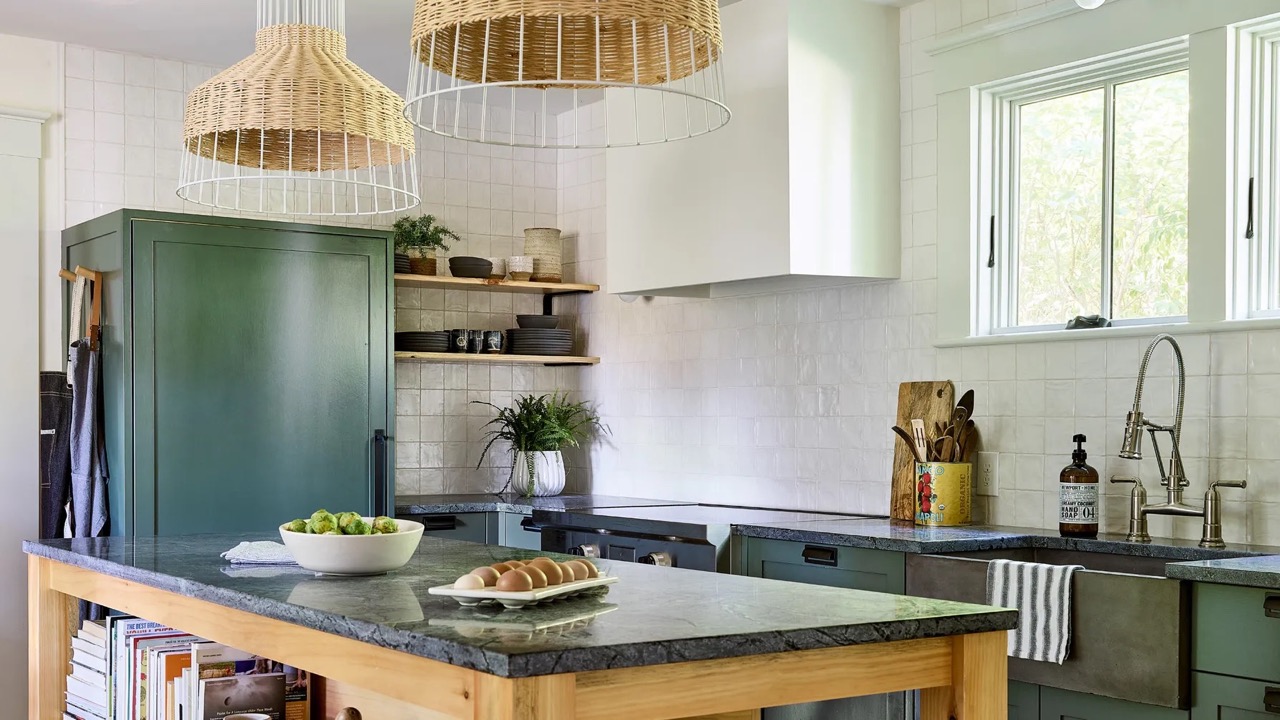
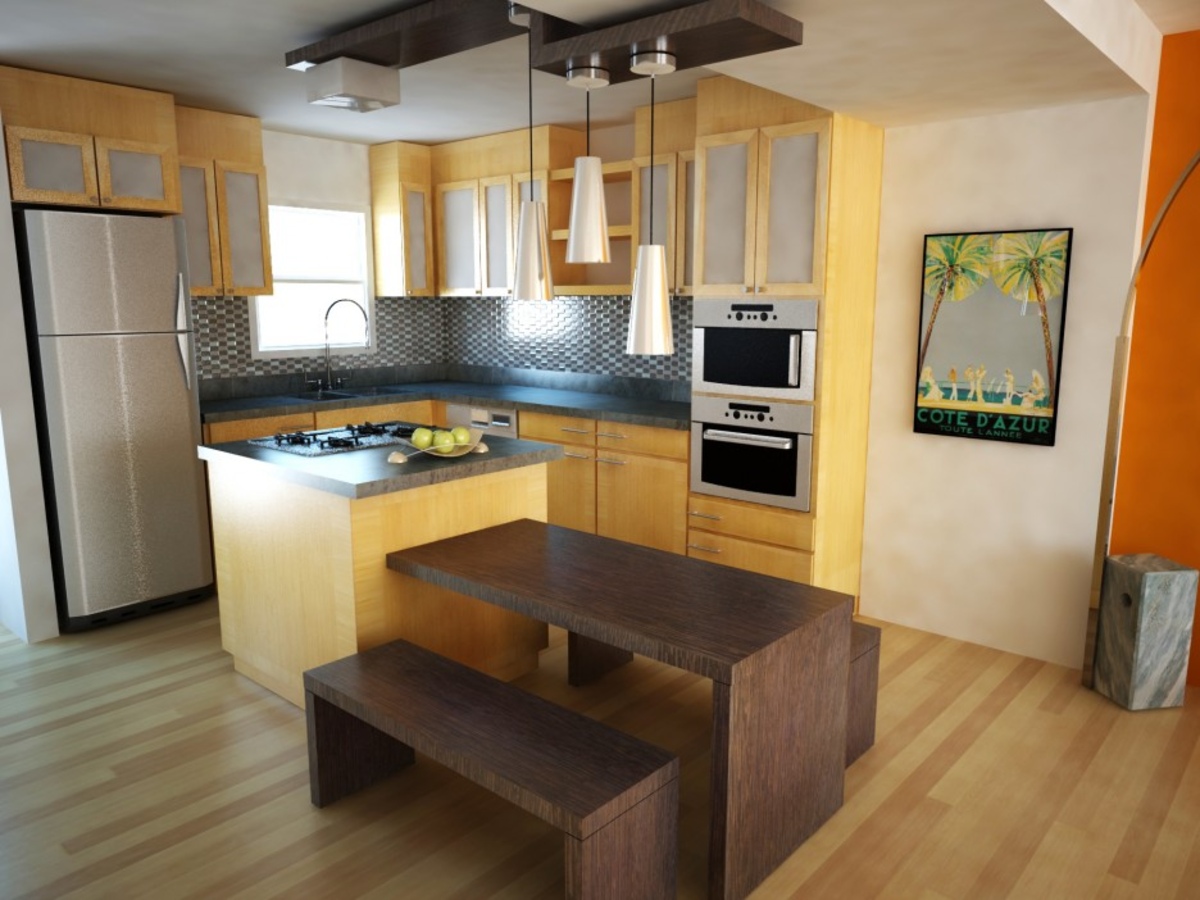
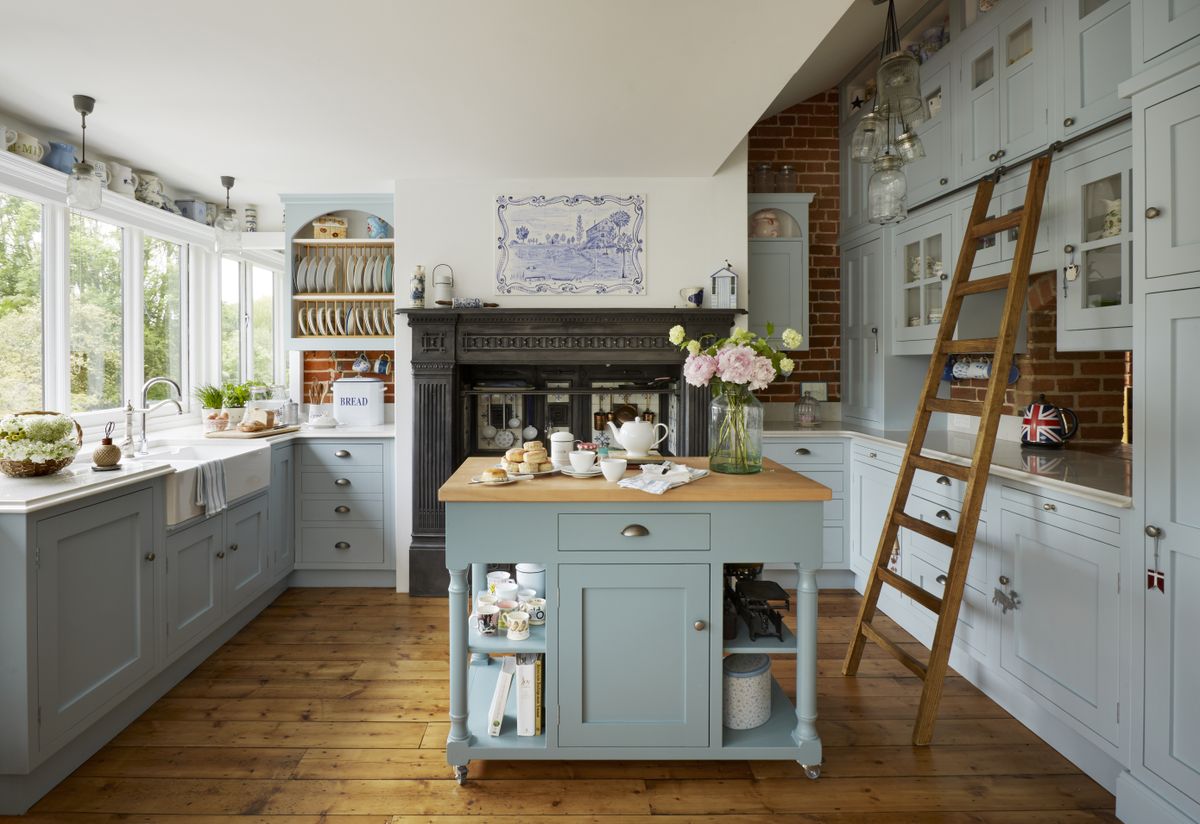

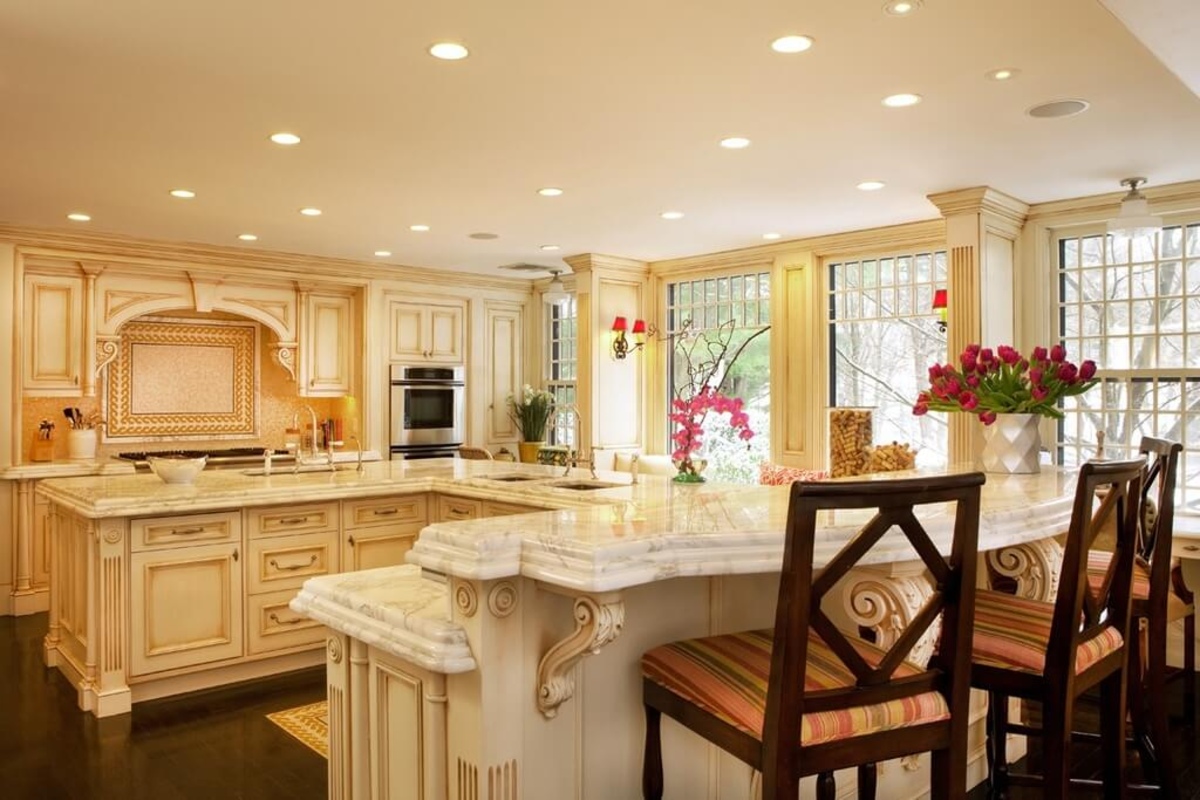

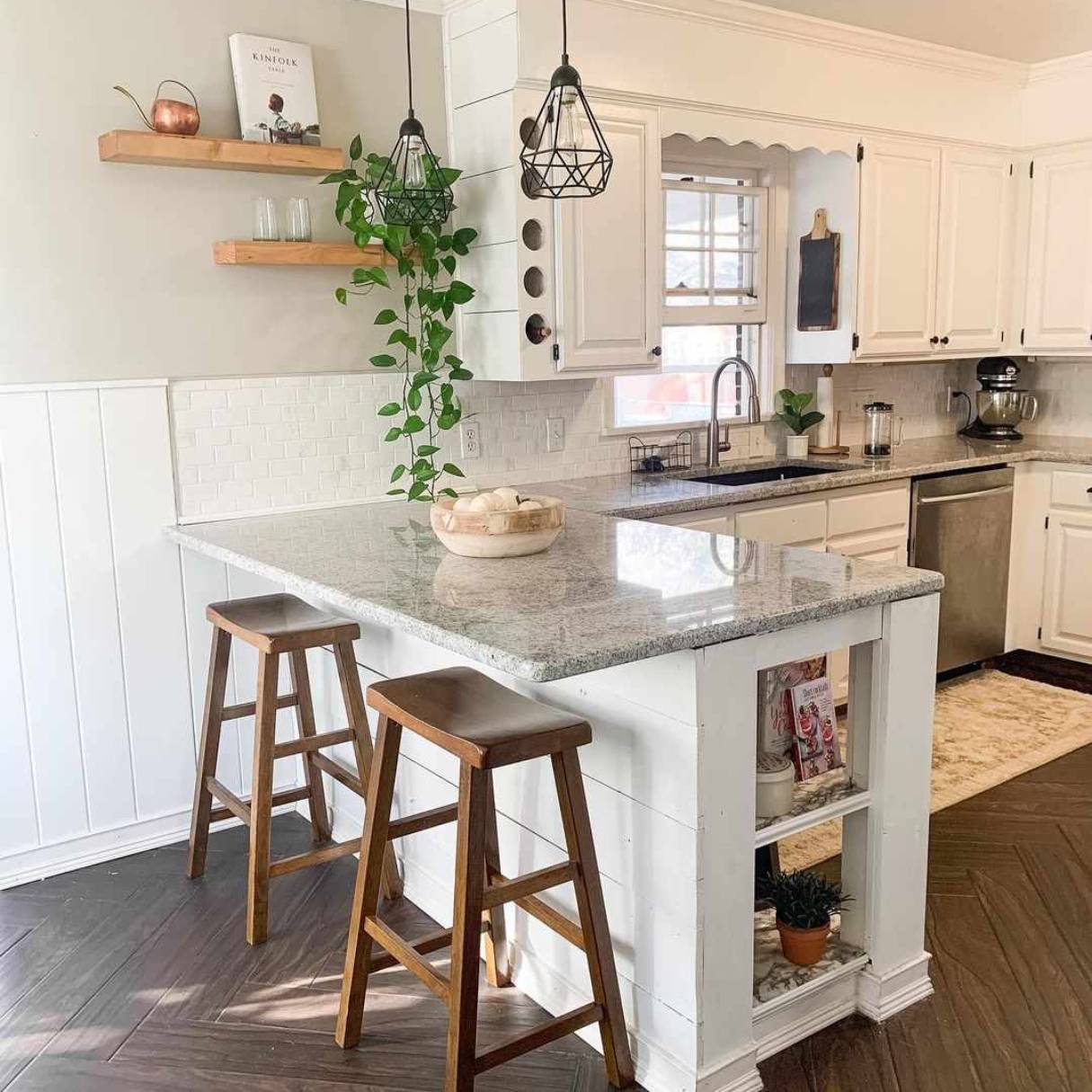

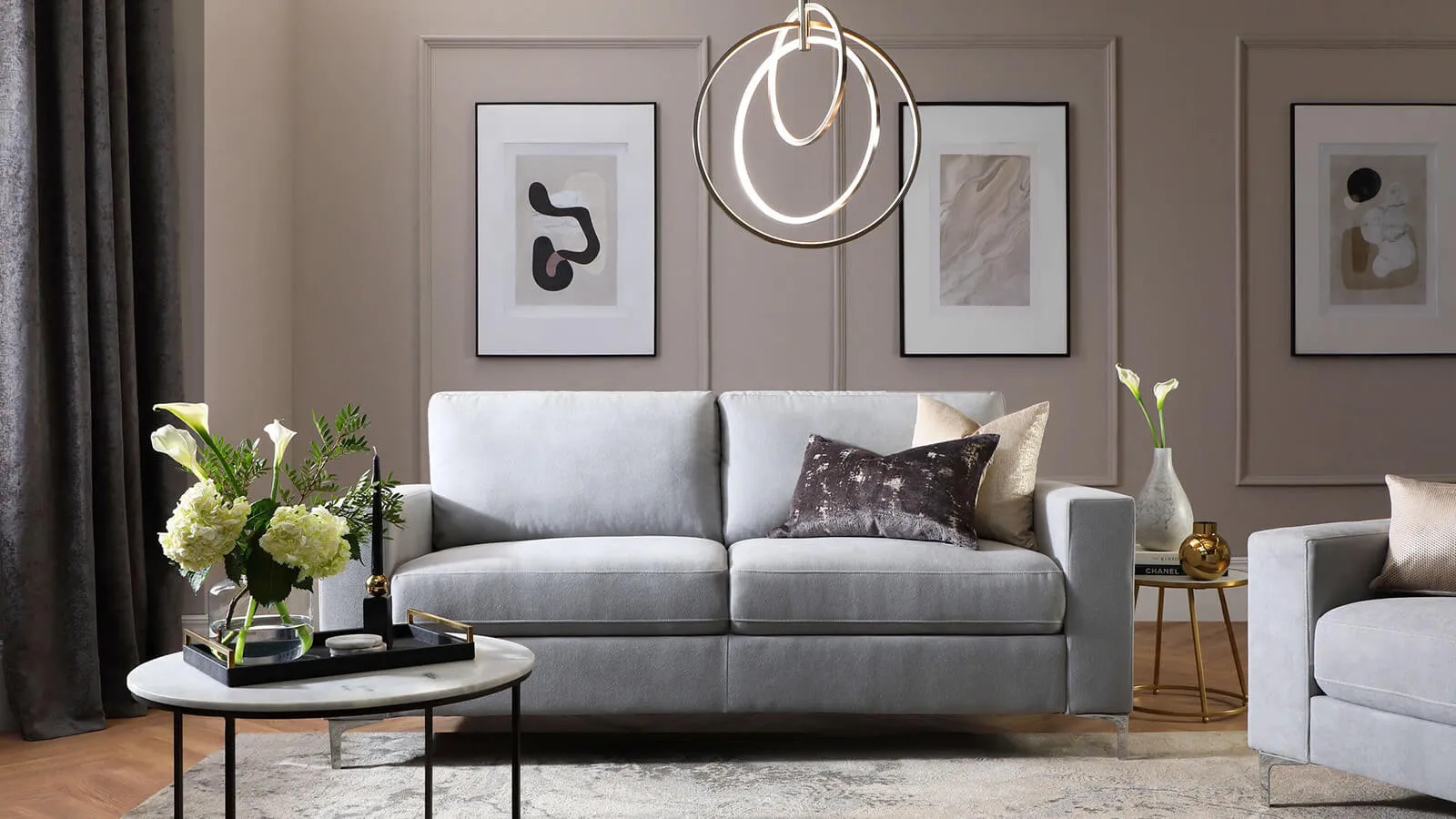
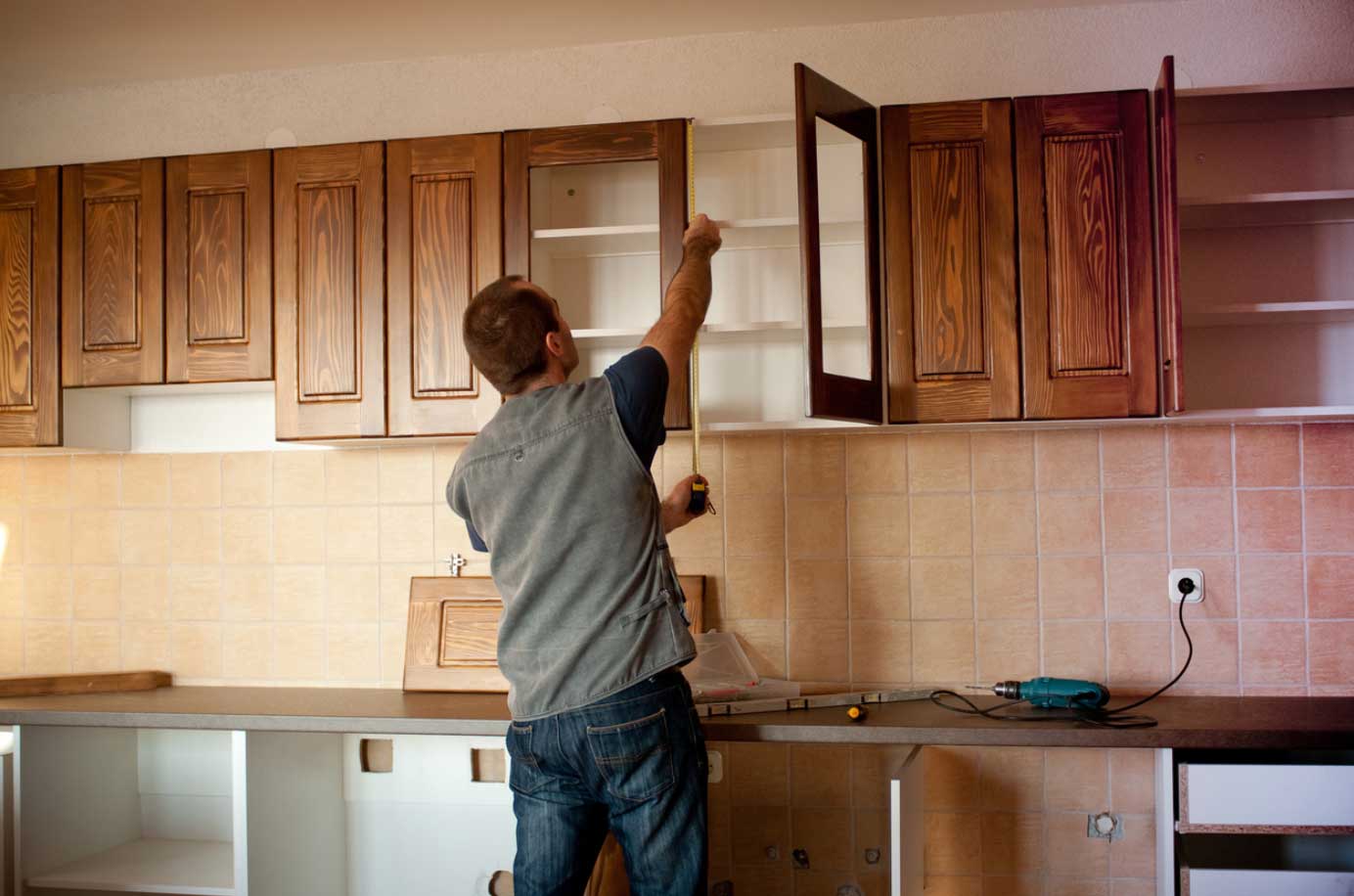
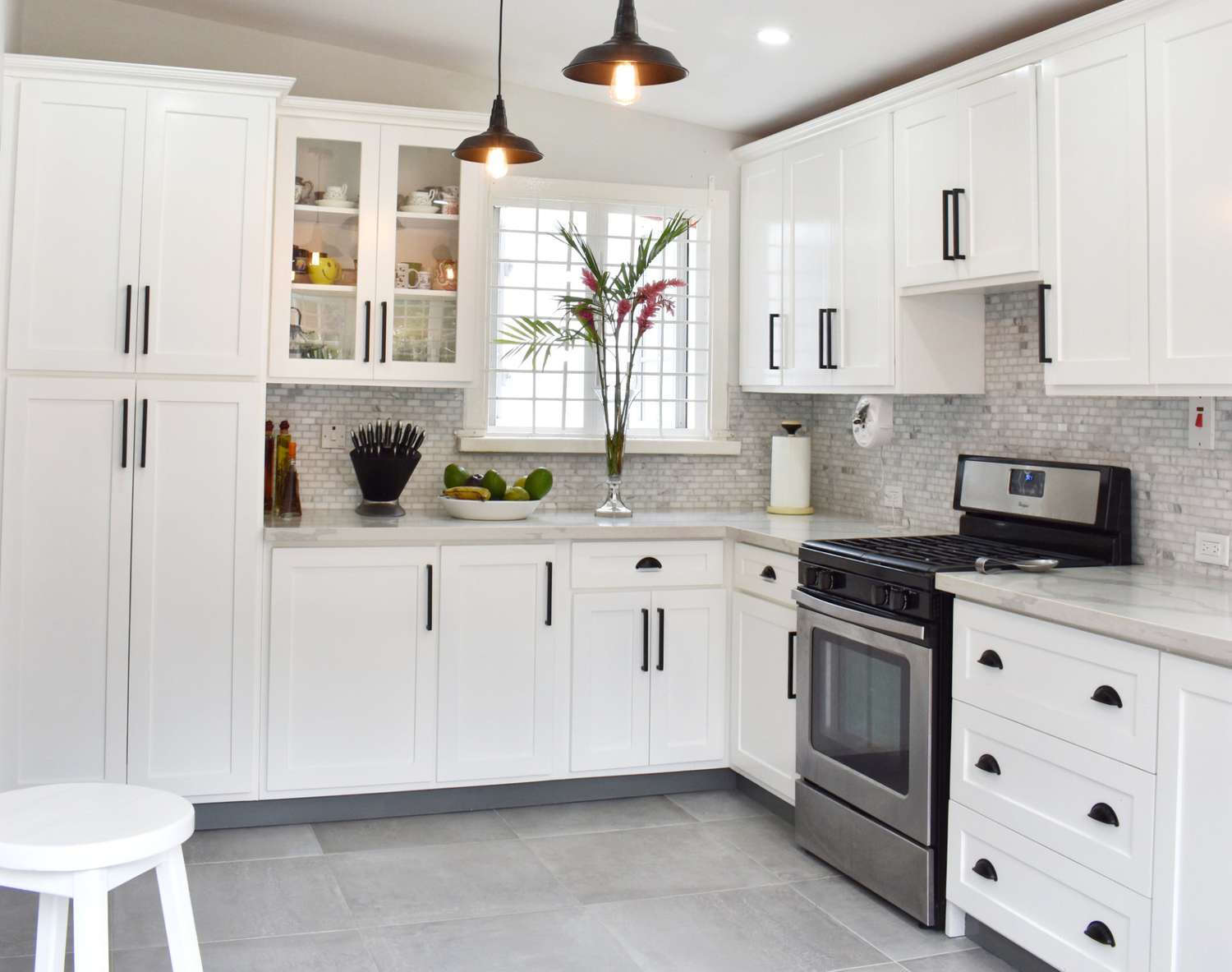

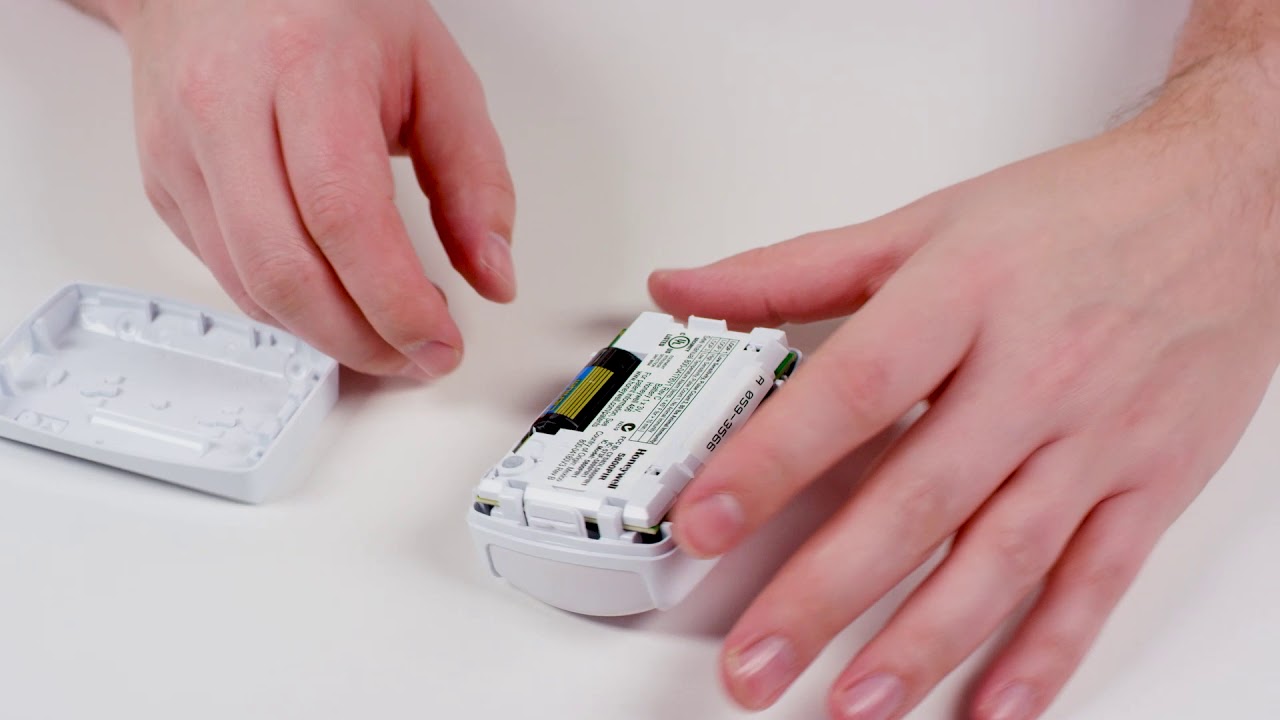

0 thoughts on “9 Life-changing Lessons I Learned Decorating My Tiny Kitchen”